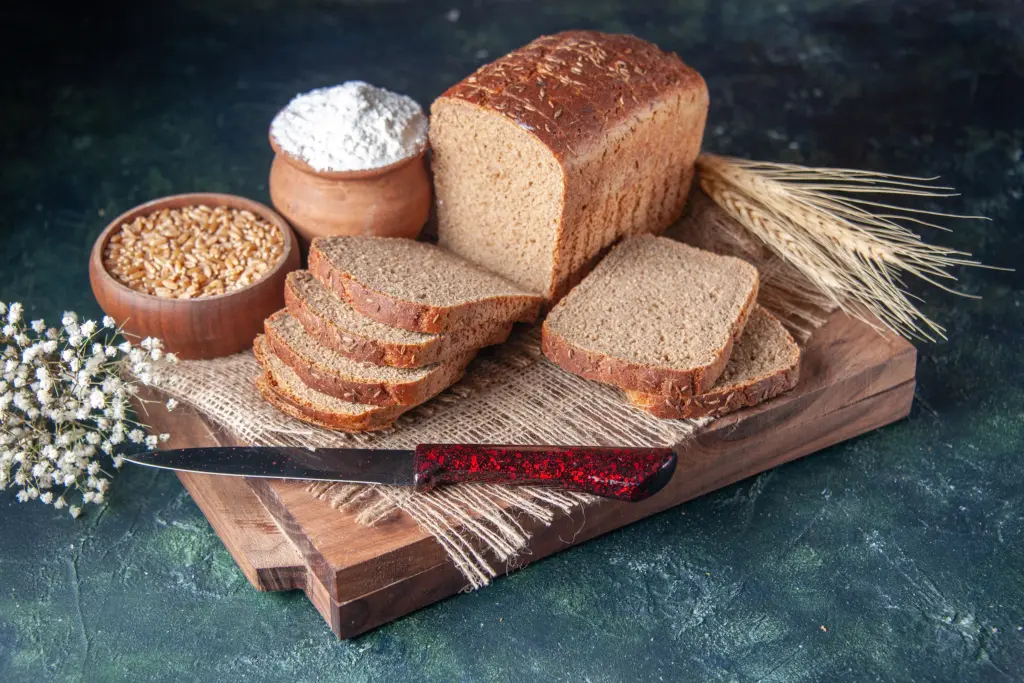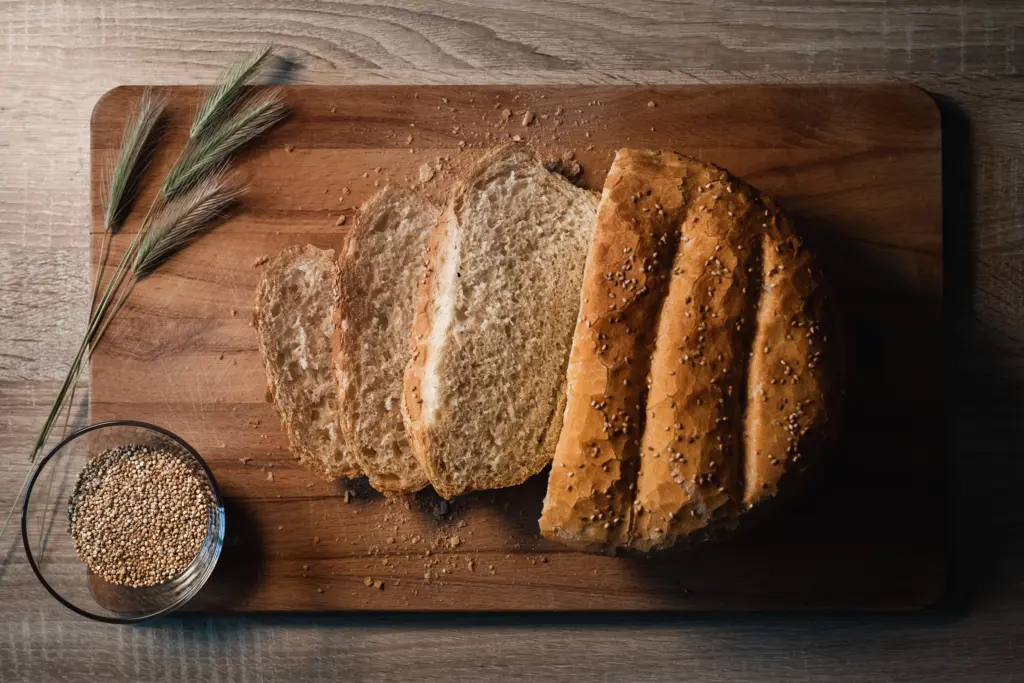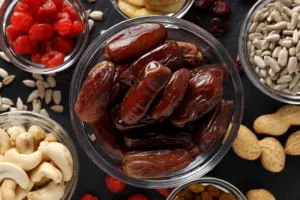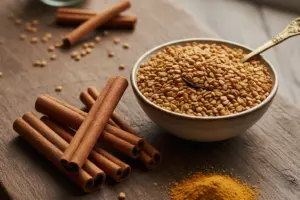
7 Healthiest Breads: Bread shows up everywhere: toast at breakfast, a sandwich at lunch, and a quick snack in between. But here’s the catch: not all loaves are equal. Some deliver fibre, nutrients, and steady energy; others are ultra-processed, low on goodness, and heavy on sugar or preservatives.
If you’re aiming for healthier choices, which breads actually deserve a spot on your plate? Below are a few options.
Also Read | What to pack for office: Diabetes-safe, portable snack ideas
Whole wheat bread:
Whole-wheat bread uses flour made from the entire wheat kernel, so it has more fibre and minerals than standard white bread. It helps you stay full longer and supports digestion. On the label, look for “100% whole wheat” listed first.
Multigrain bread:
As the name suggests, multigrain bread is made from more than one type of grain, like wheat or oats. This variety often offers extra nutrients and flavours. It provides you with a mix of fibre and healthy fats, and it can also help you lower your cholesterol levels. It’s crunchier than standard white bread. Avoid loaves that rely on refined flour and choose those that name whole grains first.
Rye bread:
Rye bread is denser and darker than wheat bread and has a bold, earthy flavour. Made from rye flour, it has a different nutrition profile and is notably high in fibre. Fibre slows digestion, keeps you fuller longer, and can help stabilise blood sugar better than white bread.

Sourdough bread:
Sourdough is made through natural fermentation, where wild yeast and bacteria break down the dough. That process creates a tangy flavour that can make the bread easier to digest. Fermentation also changes the starches and may lower the glycaemic response, so blood sugar tends to rise more slowly than with many regular breads.
Oat bread:
Oats are famous for being heart-friendly. When oats are blended into whole-wheat bread, you get the best of both: steady energy plus soluble fibre. Oats are rich in beta-glucan, which helps lower cholesterol and supports better blood-sugar control. While shopping, make sure oats/whole oats/oat flour appear high on the ingredient list, not just sprinkled on top.
Sprouted grain bread:
Sprouted grain bread starts with whole grains that are soaked and allowed to sprout before being milled. Sprouting can make nutrients more bioavailable, and these loaves typically offer more protein and fibre than regular bread, resulting in easier digestibility. For best results, choose brands that list 100% sprouted grains.
Gluten-free bread:
Gluten-free bread is essential for people with coeliac disease or severe gluten sensitivity. It’s made with non-wheat flours like rice, almond, coconut, or quinoa and can be fortified with fibre and nutrients from these alternatives, making it safe for those with gluten-related disorders.
Also Read | Which oil is healthiest for frying? A dietitian’s top 4
Healthy ways to eat bread
- Breakfast: Whole wheat toast with avocado or peanut butter.
- Lunch: A multigrain sandwich with veggies and hummus.
- Snack: Rye bread with cottage cheese or tomato slices.
- Dinner: Sourdough with a hearty soup.
Bread doesn’t have to be the villain on your plate. The trick is choosing wisely. Whole wheat, multigrain, oat, sprouted grain, and gluten-free options can be nutritious, fibre-rich, and full of flavour.








